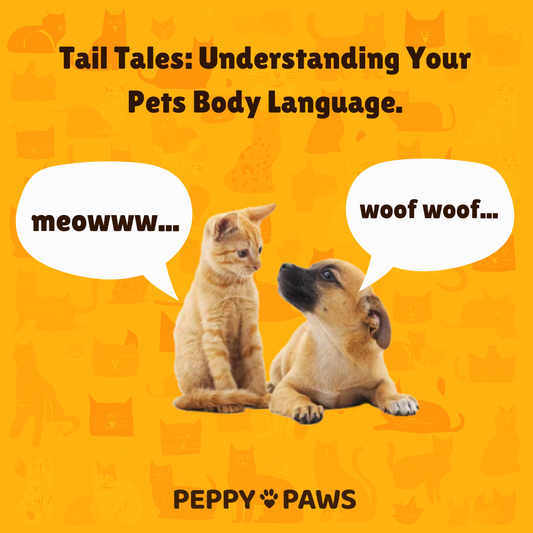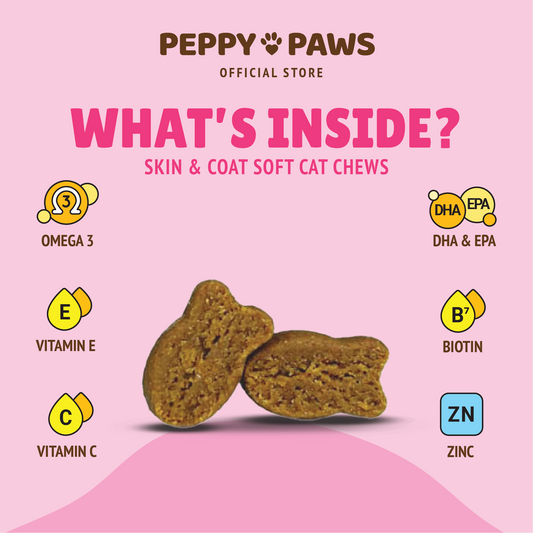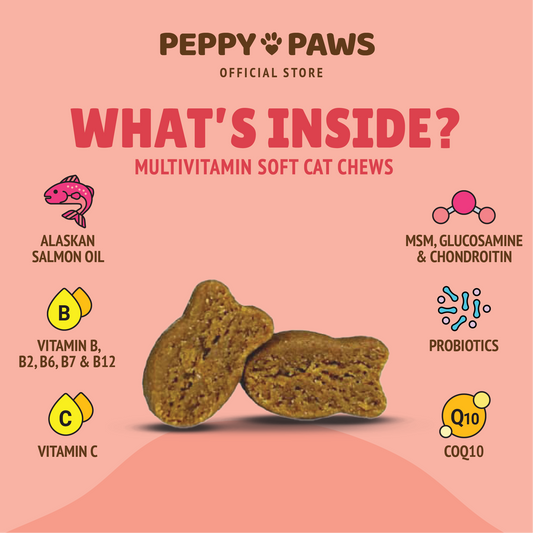
Tail Tales: Unraveling Your Pet’s Body Language
Pets, whether they’re dogs, cats, or other animals, primarily communicate through body language. Understanding these non-verbal cues is crucial for strengthening the bond between you and your furry friend. By observing their posture, facial expressions, and vocalizations, you can gain valuable insights into their emotions, needs, and overall well-being.

1. The Eyes Tell a Story
A pet’s eyes can be incredibly expressive.
Dogs: Soft, blinking eyes is likely relaxed and comfortable, while wide eyes with dilated pupils may indicate excitement, fear, or stress.
Cats: Slow blinking shows trust and affection, while dilated pupils can signal fear or aggression.
Recognizing these subtle changes helps you gauge your pet’s emotional state and respond appropriately.

2. Ears and Tail: Key Communicators
The position of your pet’s ears and tail provides significant clues about their mood.
Dogs: Perked-up ears usually indicate alertness or curiosity, while ears pinned back may suggest fear or discomfort. Dogs use their tails to communicate too. A wagging tail often means happiness, but the speed and position can convey different emotions. A slow wag with a low tail may indicate insecurity, while a fast wag with a high tail suggests excitement.
Cats: They often display emotions through their tails—a tail held high signifies confidence, while a twitching tail might indicate irritation.
3. Posture and Body Movements
Your pet’s posture and body movements are strong indicators of how they feel.
Dogs: Standing tall with a relaxed body is likely confident and at ease, while a cowering posture suggests anxiety.
Cats: With an arched back and fur standing on end is clearly fearful or aggressive, whereas a cat lying on its back with an exposed belly is displaying trust.
4. Vocalizations: The Sound of Emotions
While body language is key, vocalizations also play a crucial role.
Dogs: They bark, whine, or growl to express different emotions—a high-pitched bark might indicate excitement, while a low growl is often a warning.
Cats: They use meows, purrs, and hisses to convey their feelings—a purring cat is generally content, while a hiss is a clear sign to back off.

5. Context Matters
It’s essential to consider the context when interpreting your pet’s body language. A wagging tail might usually mean happiness, but if your dog is in a threatening situation, it could indicate nervousness. Similarly, a cat’s dilated pupils can signal fear or excitement, depending on the environment. Always consider the situation to accurately understand your pet’s signals.

Conclusion
By learning to read your pet’s body language, you can deepen your connection and ensure their well-being. Observing their eyes, ears, tail, posture, and vocalizations gives you a window into their emotions, allowing you to respond in ways that meet their needs. Understanding these cues strengthens your bond and helps you provide a safe, supportive environment for your beloved companion.









